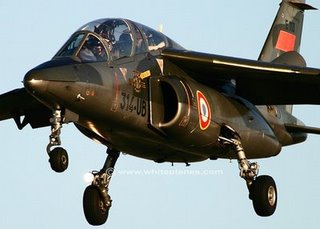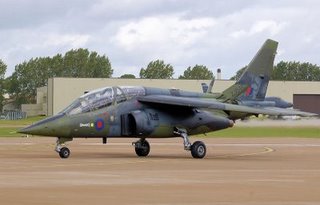

In Google’s offices in Mountain View, California, it is as though the financial crisis never happened. Business is booming, so much so that Larry Page and Sergey Brin, its billionaire founders, have decided to treat themselves to a new status symbol. Sports cars are a dime a dozen in California, and fancy yachts seem only to attract dull guests such as EU trade commissioners. So they’ve bought themselves a fighter plane.
The 600mph Dornier Alpha jet, currently being converted from military to civilian use here in Seattle, will live at Nasa’s Ames research centre, conveniently located just minutes from Google’s campus. It’ll speed up
those all-important business trips and provide a better adrenaline thrill than any Learjet.
For comfort, the Google twins have a couple of Boeings, a 757 and 767 – a refit of the latter attracted publicity when the interior designer was fired. The resulting rumpus gave a fascinating insight into Google-world. Included in the $10m (£6m) makeover was a pair of king-size beds, hammocks and a piano.
Currently the Google aircraft fleet, which also includes a couple of Gulfstream V jets, is worth more than $200m (£120m). That’s a bigger air force than that of Nepal or Albania. Google managed to secure runway rights from Nasa by promising to use the Alpha to carry out high-altitude atmospheric experiments for the space agency, in addition to paying a hefty $1.3m (£800,000) annual rent.
While Google is flying high, clouds are gathering over the rest of Silicon Valley.
Nearly a quarter of businesses surveyed here this month are planning to shed jobs - 10% of their workforce on average. Already Hewlett-Packard, the company that kickstarted Silicon Valley in the 1960s, has announced nearly 25,000 redundancies.